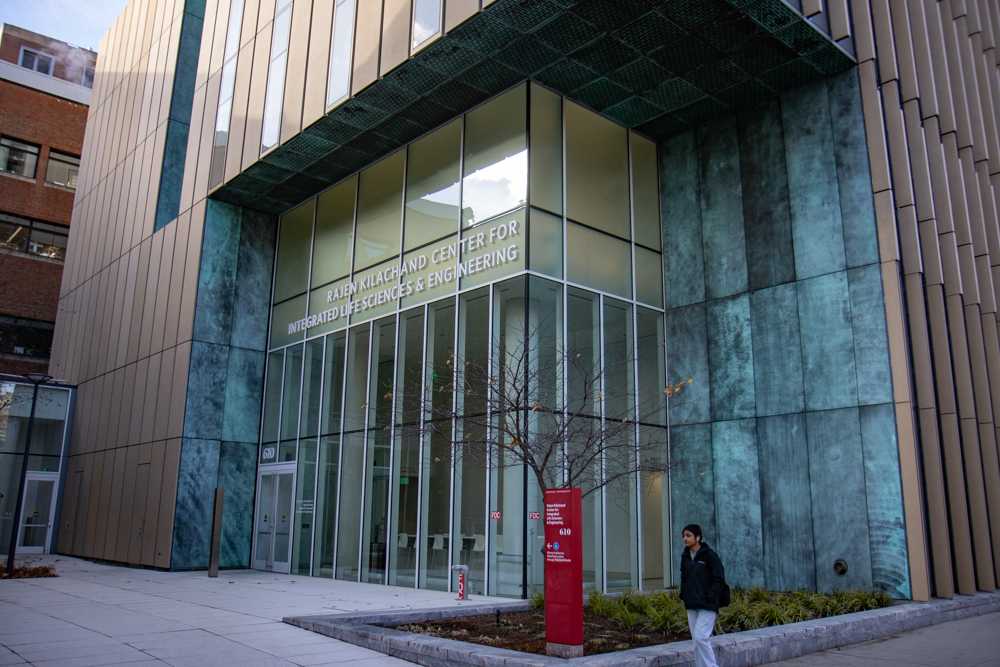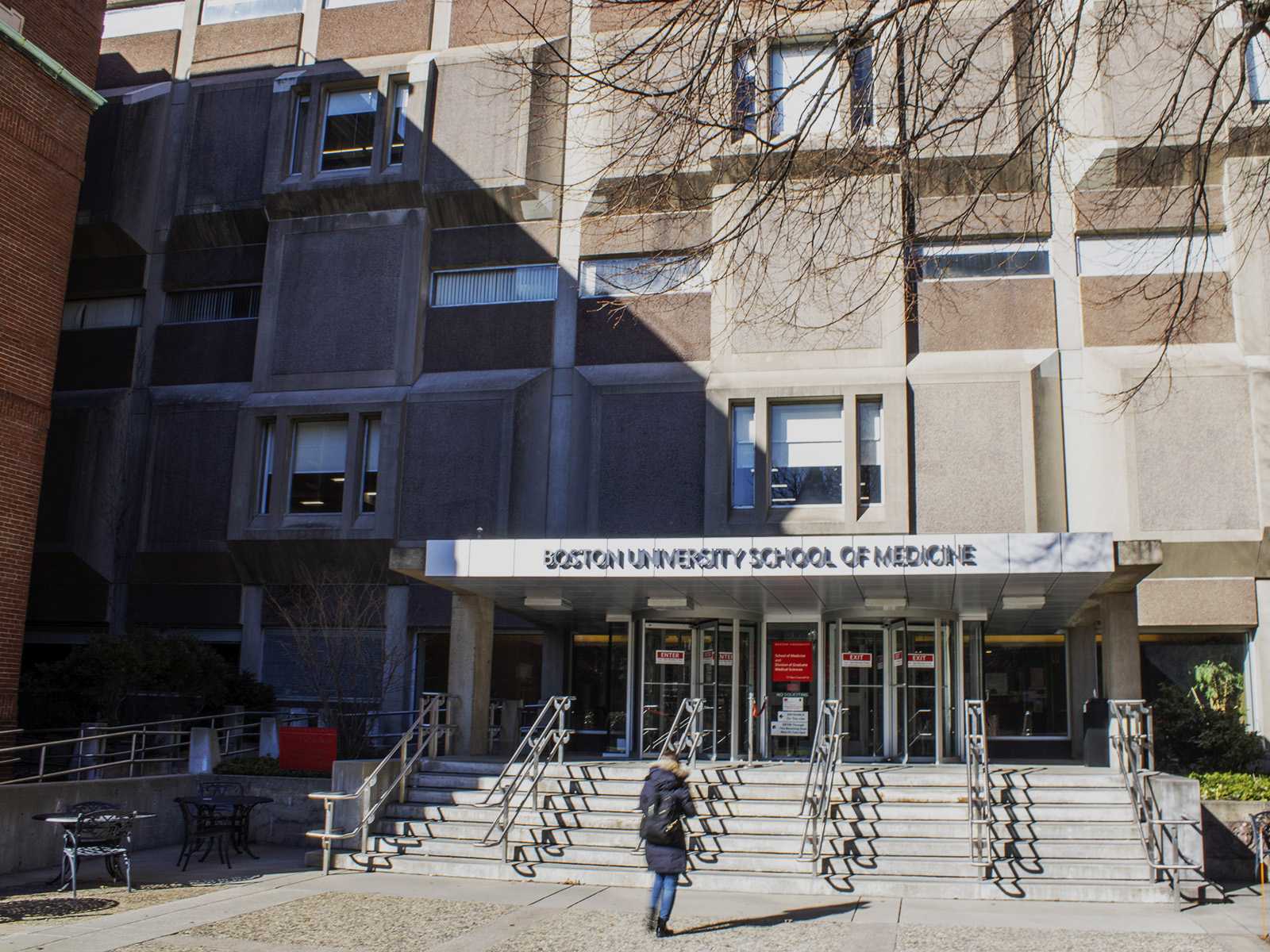Boston is known for its bright lights, cloudy days and polluted air – all of which are poor proponents for star gazing. Although the weather and light pollution from the city cannot be changed, telescopes certainly help those interested in space to get a clearer view of the sky.
Every Wednesday night from 8:30 to 9:30 p.m., the Boston University Astronomy Department opens the Judson B. Coit Observatory, located at the top of the College of Arts and Sciences, to starry-eyed BU students and the rest of the public.
‘It’s a really nice time, and it’s free,’ James Jackson, the chair of the BU astronomy department said. ‘People can see the rings of Saturn, the moons of Jupiter and other interesting things. It’s kind of designed to show us off in a good light and give a little bit back to the public.’
Since the open nights are held on the roof of CAS, it is important to remember to dress warmly, Quinn Sykes the manager of the observatory said.
‘If it’s cloudy, we’ll cancel open night because you can’t see anything,’ Sykes said. ‘You can call the observatory number found on the webpage, and it will tell you whether or not we’re having open night.’
Clear views in Boston require telescopes, and though the 14- and 10-inch telescopes are reserved for BU students in astronomy courses, the 8-inch GPS telescopes are set up for the public. These telescopes are easier to use since the telescopes are already focused on the locations of popular far away objects, Sadia Hoq, the treasurer of the Boston University Astronomical Society, said.
The telescopes are useful for viewing relatively close objects in the sky, but the observatory is not used for research because of Boston’s poor observation conditions, Hoq said.
‘If you look out of an airplane over Boston at nights, there are so many lights,’ Hoq said. ‘It looks really pretty, but it sucks for observing.’
Although any BU undergraduate can seek telescope training and use the observatory, the BU observatory is the best place for those interested in checking out the stars without leaving the city.
‘This type of thing where it’s open to the public is special to BU,’ Hoq said. ‘[The Massachusetts institute of Technology] and Harvard [University] have telescopes, but they’re pretty much for their students.’
Most of the people who attend the open nights are not BU students, Sykes said.
‘BU students get tired of BU things after being here for so long. It’s like living in Boston and never going to Fenway,’ Sykes said. ‘BU students are welcome to come, but I know they have so much freaking homework. It’s hard to get them out on the building for a while.’
The observatory itself has a long history, BU astronomy professor Kenneth Janes said. In the early 1900s, Judson B. Coit, the observatory’s namesake, started the astronomy program at BU. He brought his own telescopes to the school, and some of them are still in the BU observatory today.
‘There was a period of time when there was not much activity in observatory when Coit retired,’ Janes said.
At that time, the telescopes were on Beacon Hill, he said. They were later moved to a location near the state House and then to Copley Square.
When BU moved to its current Charles River campus after World War II, the observatory moved with it and has been on the main campus ever since, Janes said. Although the skies are not clear enough for real research anymore, the observatory is still used to teach students and show them how to use telescopes.
‘Open nights have been around ever since I’ve been here,’ Janes said. ‘It’s a 35- or 40-year-long tradition.’
People who attend the open nights can see what they would otherwise not be able to see in an environment like Boston’s, Sykes said.
‘Sometimes, people don’t believe that it’s not just a picture at the end of a telescope,’ Sykes said.’ ‘And sometimes you show people a star, and they’re wholly unimpressed because it’s just a pinpoint of light, but that’s because it’s so far away, and it ends up giving them a scale of the galaxy and of the solar system and how far things are from us and how small we are.’




















































































































null • Aug 3, 2010 at 2:21 pm
I attended BU from ’92 to ’96 and I was at the JB Coit Observatory any chance I could get. Yeah the skies are lousy but it was always a fun time going to observe and meet some people from the local astronomical community.<p/>At the time, Frank Sienkiewics was curator, and we had a C-14 on a Byers drive in the big dome, a classic (forgot the make) 6.5″ refractor in the smaller dome (was my favorite scope), a 12″ Cassegrain in the roll-off roof at the south side of the observatory, and 3 piers for C-8’s in the north deck.<p/>Among my fondest memories of the place were the April 1996 total lunar eclipse and seeing comet Hale-Bopp naked eye through all that light pollution.